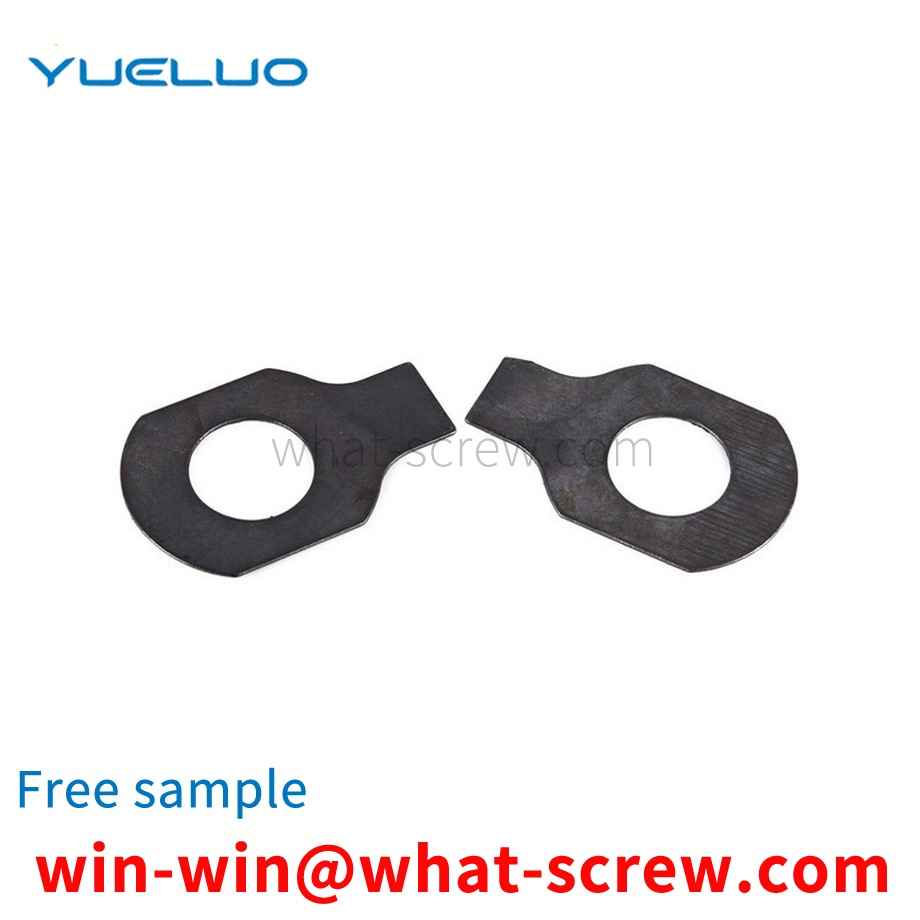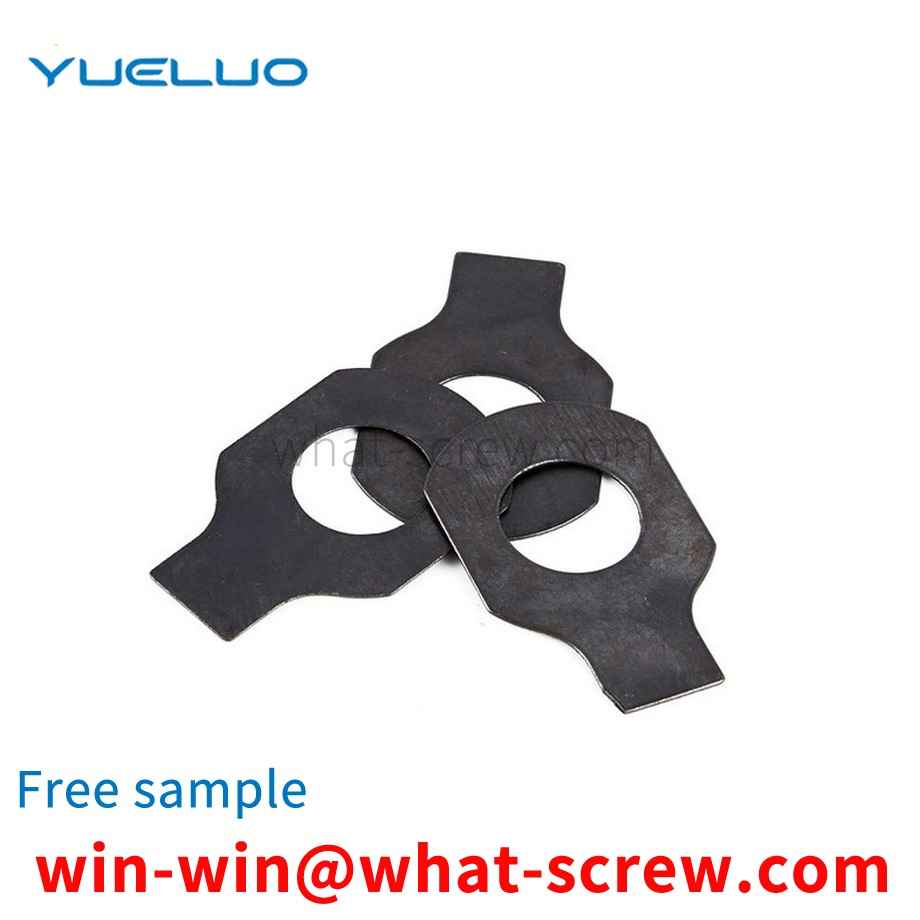At the beginning of the quality inspection process broadcast, we ordered the cross recessed screw and screw wire material into our production screw industry. For manufacturers in the screw industry, we must first detect the wire diameter of the screw wire and the material of the screw. Generally, the wire diameter of the screw is measured by a caliper and a measuring wire. Diameter size, whether it is the same as the size ordered by yourself. After testing these, it is the testing in the production process, starting from the head of the screw, to determine the size of the head, the opposite side of the head, the diagonal angle, the depth of the cross groove, the tolerance range of the screw, and so on. These are checked with calipers. In the inspection of all aspects when rolling teeth, the main thing is whether the thread can pass the pass and stop gauge, and whether the screw thread can pass the gauge and stop. Next is the electroplating measurement problem. After electroplating, whether it meets the requirements of environmental protection and whether it can pass the time required by the salt spray. Tools include environmental testing machines and salt spray testing machines. In short, in the production and sales process of cross recessed screws, there must be necessary tools to detect the quality of screws. The summary should be summarized as follows: calipers, hardness testers, salt spray machines, environmental testing machines, pass and stop gauges, etc. .
The main function of the spring washer is to prevent the nut from loosening. It is also known that: the existing spring washer is a ring made of spring steel, and then a gap is cut in the diameter direction on the ring, and the heads on both sides of the gap are cut. The material of the part is turned to two different sides of the ring to form a pawl, and the purpose of preventing loosening is achieved by the fit between the pawl and the nut on the surface and the workpiece. Obviously, only one pawl is used to achieve the purpose of preventing loosening. Since the braking force generated by one pawl is limited, there are defects of poor braking effect and poor anti-loosening effect.
In recent years, a spring pin connection structure has appeared in the connection between the beam and the column: a pin hole is arranged on the column, and a spring pin is arranged at the end of the beam. When installing, the spring pin can be inserted into the pin hole. However, when more than two spring pins are used, if the spring pins are slightly deviated from the pin holes, it is difficult to spring into the pin holes; and if the pin holes are drilled larger, although the spring pins are easy to spring in, it will cause the spring pins to spring into the pin holes. Looseness with pin hole. In addition, after the spring pin is used for a long time, the spring is easily corroded and fractured, which also leads to structural instability and difficulty in disassembling the beam.
Bolts or screws and flat washers assemblies GB/T 9074.1-2002 Cross recessed head screws and external serrated lock washers assemblies GB 9074.2-88 Cross recessed pan head screws and spring washers assemblies GB 9074.3-88 Cross recessed pan head screws, springs Washer and flat washer assembly GB 9074.4-88 Cross recessed small pan head screw and flat washer assembly GB 9074.5-88 Cross recessed small pan head screw and large washer assembly GB 9074.6-88 [1] Cross recessed small pan head screw and spring washer Assembly GB 9074.7-88 Cross recessed pan head screw, spring washer and flat washer assembly GB 9074.8-88 Cross recessed countersunk head screw and conical lock washer assembly GB 9074.9-88 Cross recessed countersunk head screw and conical lock Tight washer assembly GB 9074.10-88 Cross groove hexagon head bolt and flat washer assembly GB 9074.11-88 Cross groove hexagon head bolt and spring washer assembly GB 9074.12-88 Cross groove hexagon head bolt, spring washer and flat Washer assembly GB9074.13-88 Hexagon head bolt and spring washer assembly GB 9074.15-88 Hexagon head bolt and external serrated lock washer assembly GB 9074.16-88 Hexagon head bolt, spring washer and flat washer assembly GB 9074.17-88 From Tapping screw and flat washer assembly GB /T 9074.18-2002 Cross recessed hexagon head self-tapping screw and flat washer assembly GB 9074.20-88 Cross recessed hexagonal head self-tapping screw and large washer assembly GB 9074.21-88 For assembly Spring Washers GB 9074.26-88 External Serrated Lock Washers for Assemblies GB 9074.27-88 Conical Lock Washers for Assemblies GB 9074.28-88.
Countersunk head screws are mostly used after installation, and the surface of the parts cannot be raised, and the parts to be fastened have two thicknesses. Thickness, after the screw is tightened, there is still a part of the screw thread that does not enter the threaded hole. In this case, the countersunk head screw can definitely be tightened. There is usually a situation where the thickness of the fastened part is less than the height of the head of the countersunk head screw, which is commonly seen in sheet metal parts in mechanical equipment, such as the connection between the hinge of the chassis and the door and the box; the sheet metal of the equipment The connection of the cover to the equipment, etc. Due to the small thickness of the part, the tightened sheet metal part, the screw through hole completely becomes a conical hole, in this case, when the countersunk head screw is tightened, the screw head is not a tapered surface to press the sheet metal part , but the bottom of the screw head and the top of the threaded hole are squeezed. Although it feels that the screw is tightened, the sheet metal part is stuck instead of being pressed. In this case, although it feels that the screw is tightened, the sheet metal The gold pieces were indeed not tightened. This is a very common situation. Let’s talk about the reasons for the processing: the head cone of the countersunk screw has a 90° conical angle, and the apex angle of the newly bought drill is usually 118°-120°. Some workers who lack training do not know this angle is poor. It is often used to ream the hole with a 120° drill bit, which results in that when the countersunk head screw is tightened, it is not the conical surface of the head, but a line at the bottom of the screw head, which is one of the reasons why the so-called countersunk head screw cannot be tightened. , it's not the screw's fault.
We have many years of experience in the production and sales of screws, nuts, flat washers, etc. The main products are: spring washer specification and size table, claw nuts, ordinary stainless steel screws, bakelite handwheels and other products, we can provide you with suitable fastening products piece solution.



















 Service Hotline
Service Hotline




